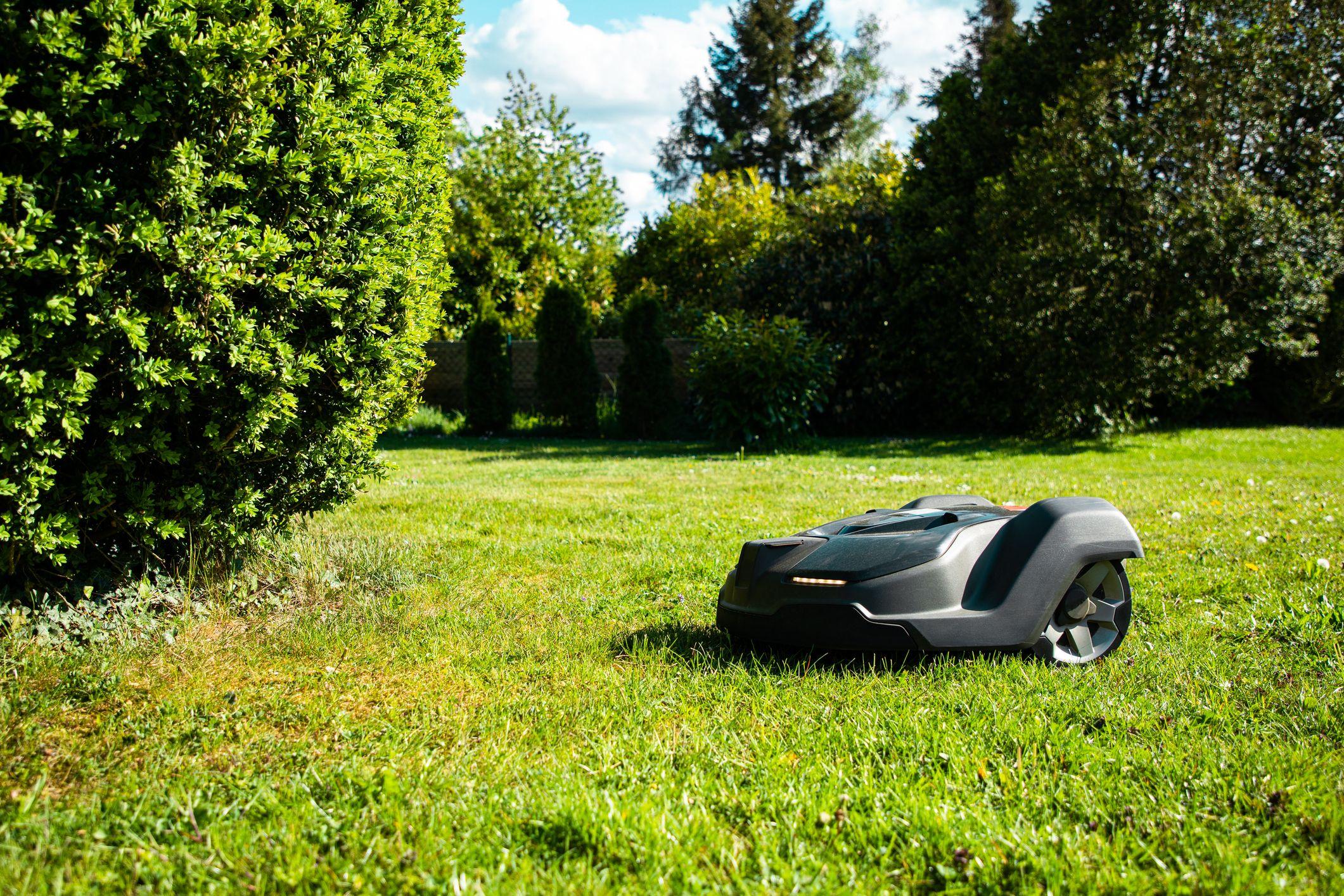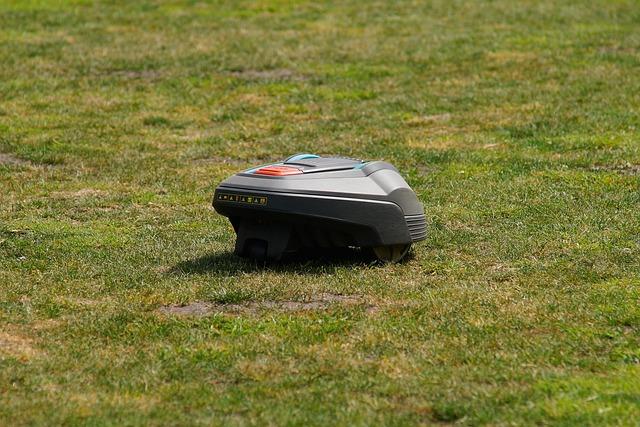In an age where technology continually reshapes the landscapes of our daily lives, the humble lawn mower is no exception.Enter the robotic lawn mower: a sleek,autonomous device that promises to revolutionize yard care with minimal human intervention. As property owners ponder the merits of investing in this innovative gadget, questions abound: Do robotic mowers truly deliver on their promises of convenience and efficiency, or are they merely high-tech novelties that fall short in the real world? In this article, we will explore the features, benefits, and potential drawbacks of robotic lawn mowers, helping you determine whether this slice of modern technology is a worthy addition to your outdoor routine or simply an extravagant expense. Join us as we cut through the grass of marketing hype and delve into the roots of smart gardening solutions.
Exploring the Technology Behind Robotic Lawn Mowers
The technology that powers robotic lawn mowers is a captivating blend of innovation and practicality. At the heart of these machines is advanced navigation systems, which typically utilize a combination of GPS, boundary wires, and sensors to determine their position and stay within designated areas. Many models are equipped with smart mapping capabilities that allow them to create a detailed layout of your lawn, ensuring efficient coverage and minimizing the chances of missed spots. Additionally, obstacle detection systems help these mowers navigate around objects such as trees, flower beds, and furniture, making them increasingly adaptable to complex landscapes.
Robotic mowers also incorporate powerful battery technologies that offer extended run times while reducing energy consumption. Lithium-ion batteries are common, allowing for rapid charges and multiple mowing cycles on a single charge. moreover, many modern models come equipped with weather sensors that can detect rainfall, prompting them to return to their charging stations during bad weather – a feature that not only protects the mower but also ensures optimal cutting conditions when they’re back in action. To illustrate the key components, consider the following table:
| Feature | Description |
|---|---|
| Navigation System | Combines GPS and boundary wires for precise movement. |
| Smart mapping | Creates layout for efficient lawn coverage. |
| Obstacle Detection | Navigates around objects seamlessly. |
| Battery Technology | Lithium-ion for quick charge and long life. |
| Weather Sensors | Detects rain and returns to charging station. |

Benefits of Automating Your Lawn Care Routine
Automating your lawn care with a robotic mower not only saves you time but also offers a variety of additional benefits that can transform your gardening experience. Imagine freeing up your weekends while your lawn is still perfectly maintained. With a robotic lawn mower, you can enjoy:
- Consistent Cutting: These devices ensure even and uniform grass height, promoting healthier growth.
- Reduced Labor: say goodbye to the fatigue of pushing a heavy mower and let technology do the work for you.
- Cost Efficiency: Over time,robotic mowers can reduce expenses related to fuel,maintenance,and repairs for customary mowers.
- Eco-Friendly Operation: Many models are electric and can significantly cut down on your carbon footprint.
Additionally,the technology in robotic lawn mowers offers features that enhance their usability and effectiveness. For instance, many models come equipped with advanced sensors that help navigate around obstacles, allowing them to tackle complex landscapes without damaging your garden. They can also be programmed to operate during specific times, ensuring your lawn is tended to while you’re away or asleep. Here’s a quick overview of some key functionalities:
| Feature | Description |
|---|---|
| Obstacle Detection | Uses sensors to avoid objects and prevent damage. |
| Weather Resistance | Can operate in light rain without any issues. |
| Programmable Schedule | Set mowing times to fit your lifestyle. |
| High-tech Navigation | Utilizes GPS and mapping technology for efficient mowing patterns. |

Cost Analysis: Initial Investment vs Long-Term Savings
When considering the transition to a robotic lawn mower, the initial investment is a significant factor. Prices can range from a few hundred to several thousand dollars, depending on the model, features, and lawn size. While the upfront cost may seem daunting, itS essential to weigh this against the long-term benefits. Factors to consider in the initial investment include:
- Purchase Price: The cost of the device itself.
- Installation Fees: If professional setup is required.
- Maintenance Costs: Regular upkeep or repairs needed over time.
However, the potential for significant long-term savings is where robotic mowers shine. These energy-efficient devices can save you money on gas and reduce labor costs, allowing homeowners to reclaim the hours once spent on tedious lawn care. Key long-term savings include:
- Reduced Fuel Costs: Electric mowers eliminate the need for gasoline.
- Lower Maintenance Costs: Typically require less servicing then traditional mowers.
- Time Savings: More leisure time as the mower efficiently handles the job.
| Costs | Initial Investment | Long-term savings |
|---|---|---|
| Purchase Price | $800 – $3,000 | N/A |
| Fuel Costs | N/A | $150 - $200/year |
| Maintenance | $100 – $300/year | $50 – $100/year |
| Time | N/A | 5-10 hours saved/month |

Choosing the Right Model for Your Garden Size and Terrain
When selecting a robotic lawn mower, it’s essential to consider the size and terrain of your garden. Larger spaces may require mowers with higher battery capacities and longer cutting times to ensure they can complete the job without interruptions. Therefore,if you have a sprawling lawn,look for models with a cutting width of at least 20 inches to cover more ground efficiently. Conversely, for smaller gardens, a compact model can provide the same level of care without the hefty price tag and features that larger units offer.
Additionally, the type of terrain your mower will face will greatly influence your choice. Robotic mowers are specifically designed to handle various obstacles, so if your garden has steep slopes or rocky areas, opt for models with strong traction and advanced navigation systems. Here are some features to keep in mind:
- Obstacle Detection: Ensures the mower can navigate around garden furniture or flower beds.
- Climbing capability: Essential for sloped gardens to maintain performance on inclines.
- Weather Resistance: Protects your investment from the elements if you live in a rainy climate.
Future Outlook
the journey into the world of robotic lawn mowers reveals a complex landscape where technology meets the age-old task of lawn care. As we weigh the benefits of automation against traditional methods, it becomes clear that these high-tech companions offer unique advantages—efficiency, convenience, and the promise of a verdant lawn with minimal effort. Though, potential buyers must also consider the initial investment cost, maintenance requirements, and the specific needs of their outdoor spaces.
Ultimately, whether a robotic lawn mower is worth the investment depends on individual preferences, lifestyles, and budgets. For some, it represents a step toward modern convenience, while for others, traditional mowing may still reign supreme. As you make your decision, take a moment to envision what a robotic mower could bring to your yard and your life. The grass may not always be greener on the automated side,but with careful consideration,you can cultivate a lawn that reflects your values and enhances your enjoyment of outdoor living. Happy mowing!

